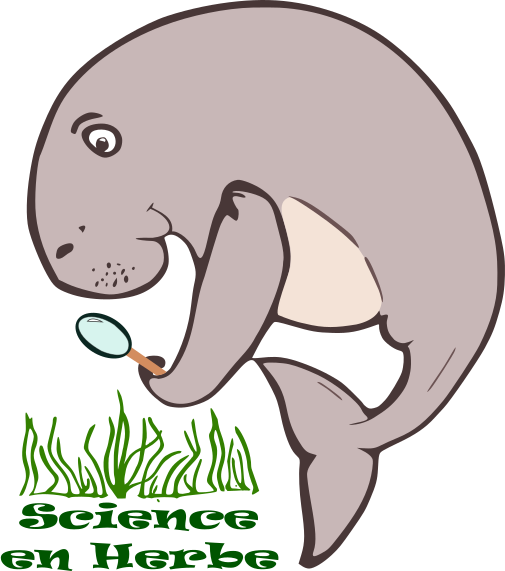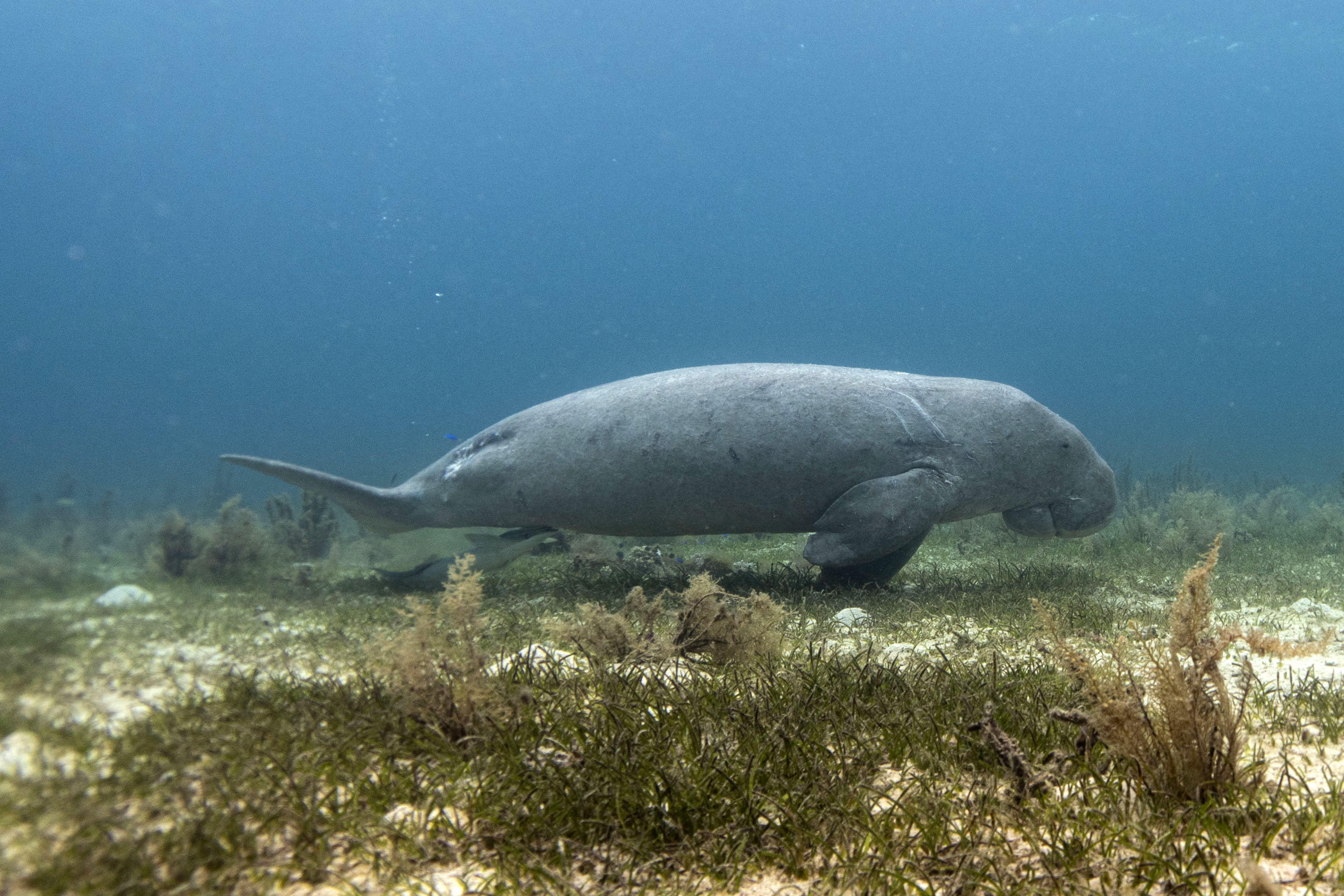Science en herbe
Science en herbe
Project raising awareness on the importance of both, dugongs and their habitats in New Caledonia.
The Science en herbe project aims to raise awareness on the importance of both the dugongs and their habitats, the phanerogam seagrass beds. The program started in early January 2022 and will run until the end of May 2022. It focuses on five main objectives:
- 1: The project is based on a continuous outreach campaign, using traditional medias (radios, newspapers, TV) and actively contributing to social medias with Facebook, Instagram and Tweeter accounts.
- 2: The project is based on a citizen science approach through the organisation of a seagrass photo contest to inspire the general public and sea users to collect seagrass photos in the lagoon around Nouméa, the capital of New Caledonia.
- 3: The project aims to involve the younger generation, and generate excitement over marine science and conservation issues in New Caledonia. Hence, participatory analyses of data collected as part of the project are organised with schools (about 30 secondary and primary classes combined). Pupils are trained to recognise and classify seagrass species using an identification key. The outcome of this work is for students to gain knowledge on dugongs and seagrass ecology, and to apply a scientific approach to a real study case.
- 4: In situ scuba diving sampling is conducted in 6 study sites located around Nouméa where satellite tracked dugongs have been observed but where no seagrass beds were mapped to date. The purpose of these scientific dives is to confirm seagrass presence, conduct seagrass species inventories, density estimates and seagrass bed community assessments.
- 5: The project will end with an exhibition of the ten most beautiful seagrass photographs transmitted by the general public. This exhibition, organized at the Maison de la Biodiversité in Nouméa, will be supplemented by conferences and media releases that will highlight the importance of seagrass beds in the tropical lagoon ecosystem and the need to protect these habitats to avoid the decline of the dugong in New Caledonia and elsewhere.
Local contributors are promoting information about the project, notably concerning the photo contest (Province sud, CEN, CIE, Maison de la biodiversité, Cresica, diving clubs: Blue Caledonia Diving, Abysse, Odyssey diving, Pop club, Outre-mer grandeur nature, association Hô-üt).

Dugong Signal Islet @M.boussion




